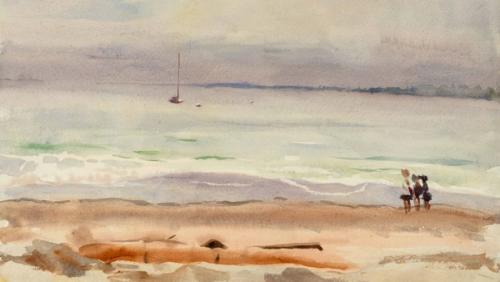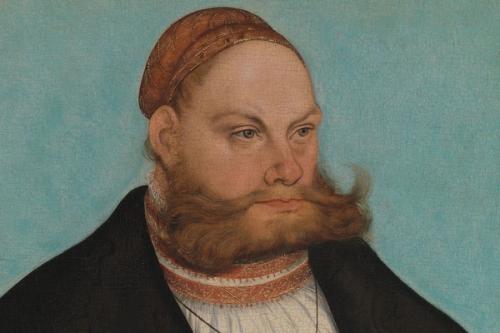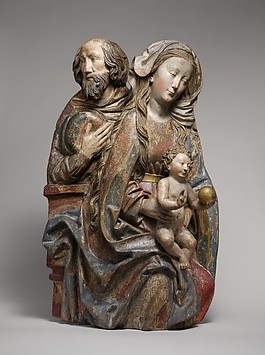Search / All Results
4,186 results for holy family
Press Release
Andrea del Sarto’s Borgherini Holy Family




editorial
Building a Family Dynasty: Three Generations of Amati Luthiers
June 22, 2015
By Philip J. Kass


Support
The Met Family Circle



Art




By Philip J. Kass




